When we talk about our senses, most would think about our 5 external senses: sight, sound, touch, taste and smell.
Our nervous system is more complex and we have other key sensory systems. Infants and toddlers are monitored to ensure they're appropriately developing their 5 external senses plus their other sensory systems: proprioception, interception and our vestibular system. Oh my! Those are some big words!
What are these and why are they important?
Briefly:
Proprioception is how our brain knows where we are in our space and environment. This includes sensing our position and movement of our limbs and trunk, the sense of effort, the sense of force, and the sense of heaviness. Receptors involved in proprioception are located in our skin, muscles, and joints.
Movement or kinesthesia is part of our proprioception. We are able to touch our nose or shoulder with our eyes closed for example. Our brain knows where our nose or shoulder is without looking.
I think of these as related to and being grounded in the present, aware and engaged.
Interoception is awareness our body’s internal sensations. It helps us know if we’re hungry, thirsty, too hot or cold, any discomfort, tension, heartbeat, itchy, etc. Key to interoception skills is awareness of sensations, knowing how to appropriately address our needs.
Interoception also helps with emotional regulation since some emotions are linked to physical sensations. For example, when we feel anxious we might notice a racing heart, dry mouth, sweating and other physical sensations.
Interoception helps us notice these physical signs so we can connect to and regulate emotions. We might first notice the physical sensations and then connect to feeling anxious. Then we can use our aroma reset and breathing to restore balance. We can also use other practices you may have learned in our workshops and masterclasses or by reading my blog posts.
Vestibular System is how our brain knows where our head is in our space. It helps with the coordination of eye movements, posture and equilibrium. The vestibular system involves our inner ear which sends nerve signals from its individual components.
It's important to our maintaining our balance and remain standing. When our vestibular system is functioning well, we're able to turn our head without getting disoriented or dizzy.
What this means for you
These three systems play a key role in moving through the states of our nervous system with ease. We reviewed the 5 states briefly in this post: Events vs Experiences
When sensations are familiar and our brain relates them to past events, it may pull us into the past. If the parts our nervous system mentioned above are healthy we're able to recognize this and bring ourselves back to the present using practices directly related to these systems.
If we are feeling swept away with anxiety over a future event we can bring ourselves back into the present time. If our mind starts spinning over something that we have imagined might or could happen, we can recenter and refocus with ease.
Moving back to calm may be a challenge if that state is unfamiliar or hasn't been in your conscious awareness. Everyday life, hustle and bustle, running to work and from here to there, meeting deadlines have become a normal part of living. Keeping a calm and regulated system isn't something we may even be aware of or know how it feels.
On another level, maybe you grew up with trauma or difficult situations. Maybe feeling safe is not something you're used to feeling or noticing. Maybe you don't feel safe in general. In that case, is there a way to feel some sense of safety at all? Is there a way to step into a regulated state even if only briefly? With practice you may find it possible.
Practices to Try
Grounding
In my workshops and classes or if you're on my email list we review key tools specific to these parts of our nervous system. You may remember this practice:
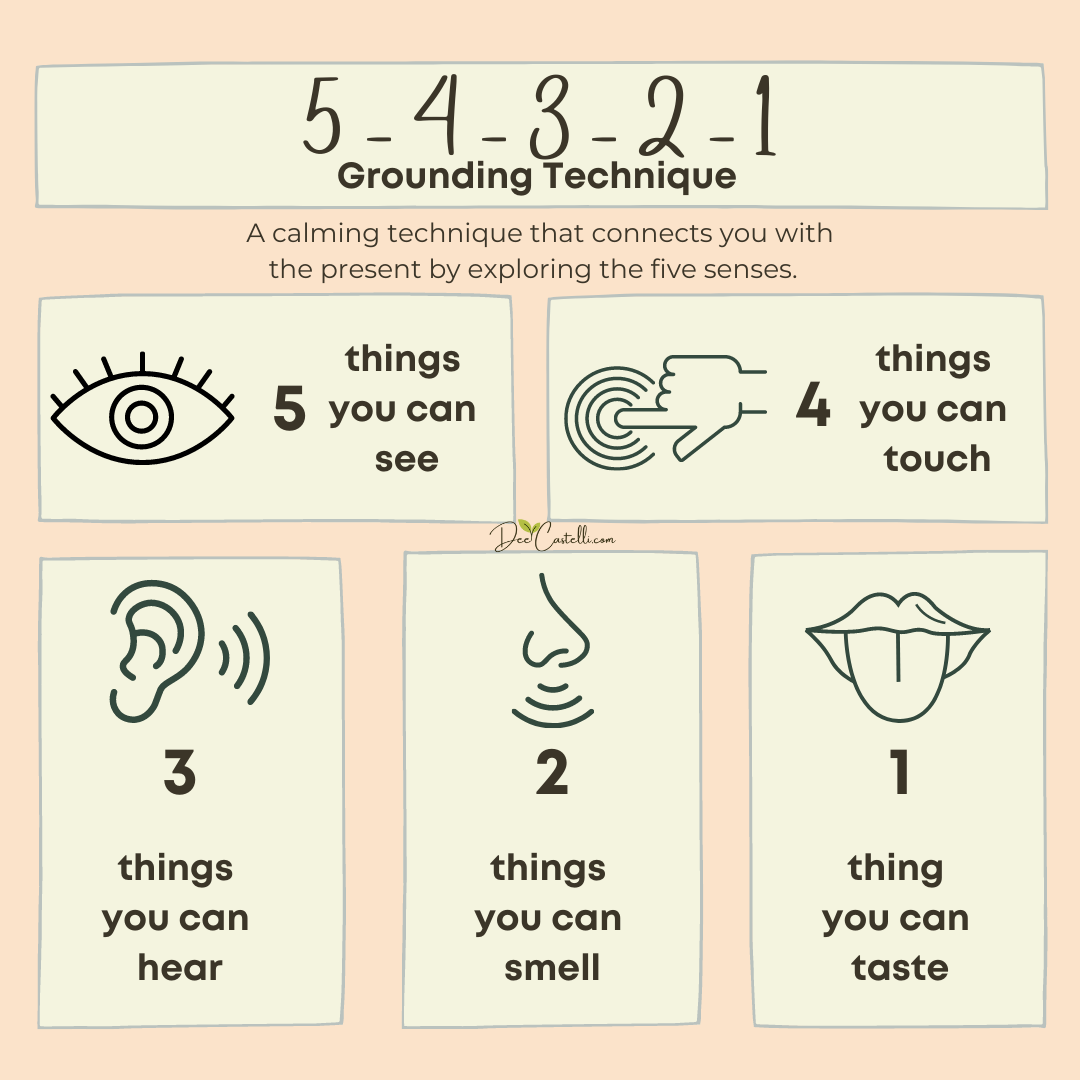
This grounding technique uses our 5 external senses to bring us back to the present. I relate this also to proprioception especially using our sense of touch. We can touch our feet on the floor, notice the chair beneath us, move our hands over our legs or arms. We bring awareness that we are in the present and grounded instead of our brain dragging us into the past or sweeping us into the future.
Aroma Reset
Aroma Reset is our #1 tool for connecting mind, body and emotions using all parts of our nervous system. Doing this and other practices daily helps us build a resilient nervous system. We're able to move into mobilizing energy as needed and come back to a felt sense of safety in our body. We are fully present in our environment with our entire mind, body and emotions. We easily connect to a feel a sense of safety.
Here's an illustration of a well known model and with aroma reset we simply add our powerful sense of smell to move back to regulation and calm. Remember our sense of smell is the only one of our 5 external senses our brain cannot filter out which means it is powerful and guaranteed to shift our nervous system more than somatic practices alone.
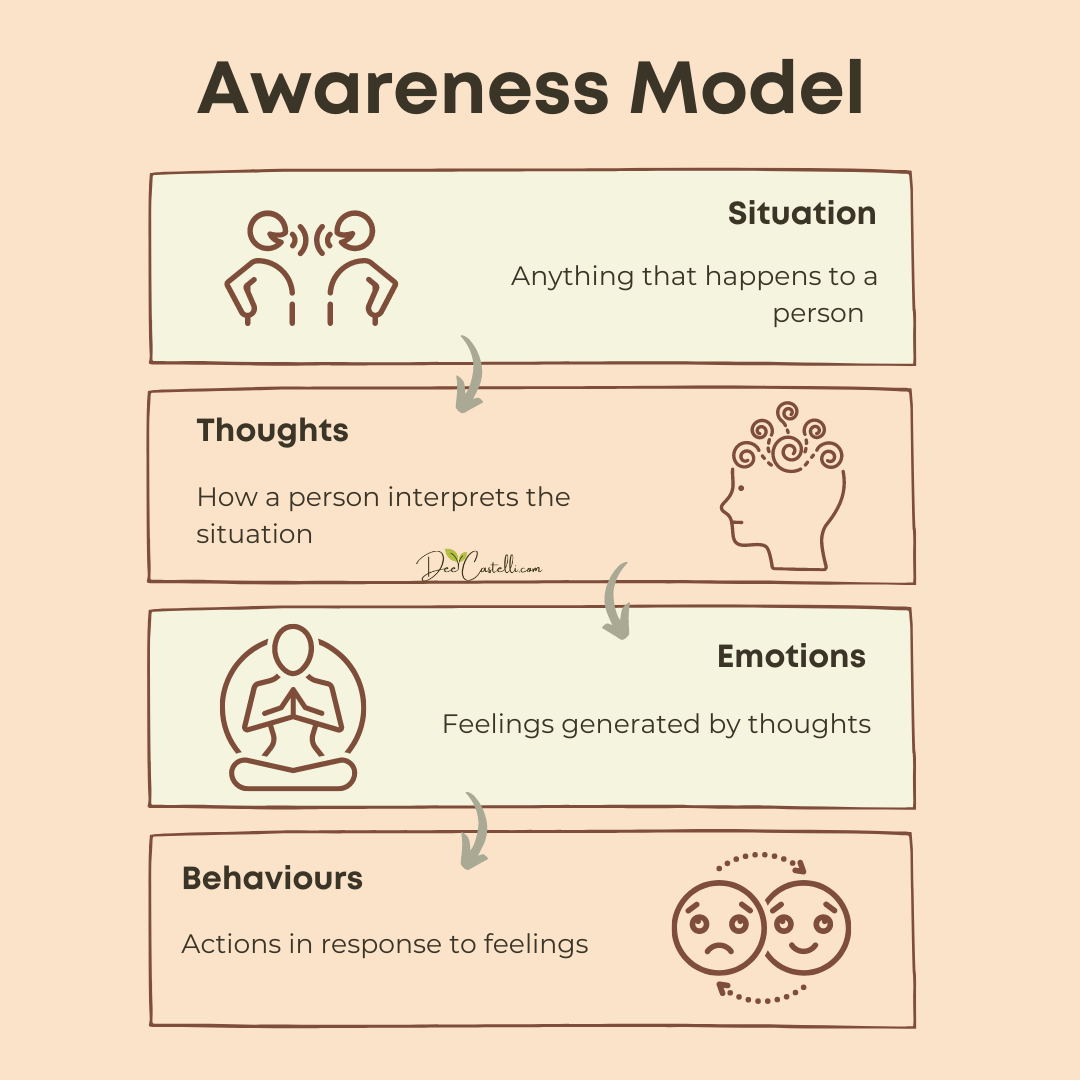
How have you noticed your ability to regulate and stay present shift over time as you engage in healing practices? I'd love to hear your comments below!
Share your thoughts and comments below ▼ I love hearing from you ❤️
Click here to get your Aroma Reset guide - This simple technique clears your limiting beliefs and negative thoughts. Your powerful sense of smell unlocks the part of your subconscious brain responsible for making decisions on autopilot. That instinct or survival brain isn't open to reason and logic. Empower yourself at that level to accomplish every goal you set!
Copyright © 2023 All Rights Reserved by Lemons and Sage, LLC

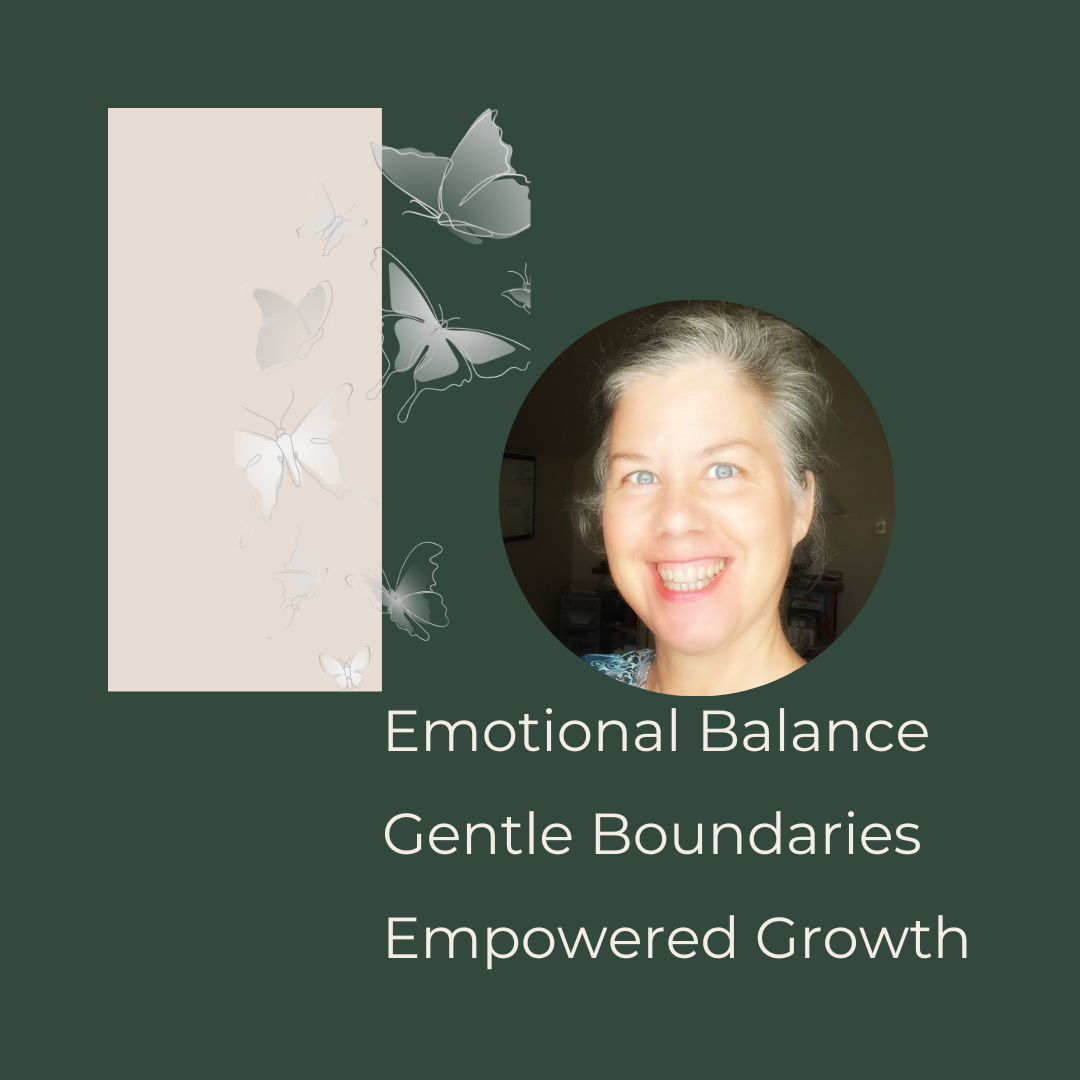 Hello and welcome to my little corner of the web where I share my healing journey with you. That sharing helped many along their own healing journey. As you read I wish the same for you.
Hello and welcome to my little corner of the web where I share my healing journey with you. That sharing helped many along their own healing journey. As you read I wish the same for you.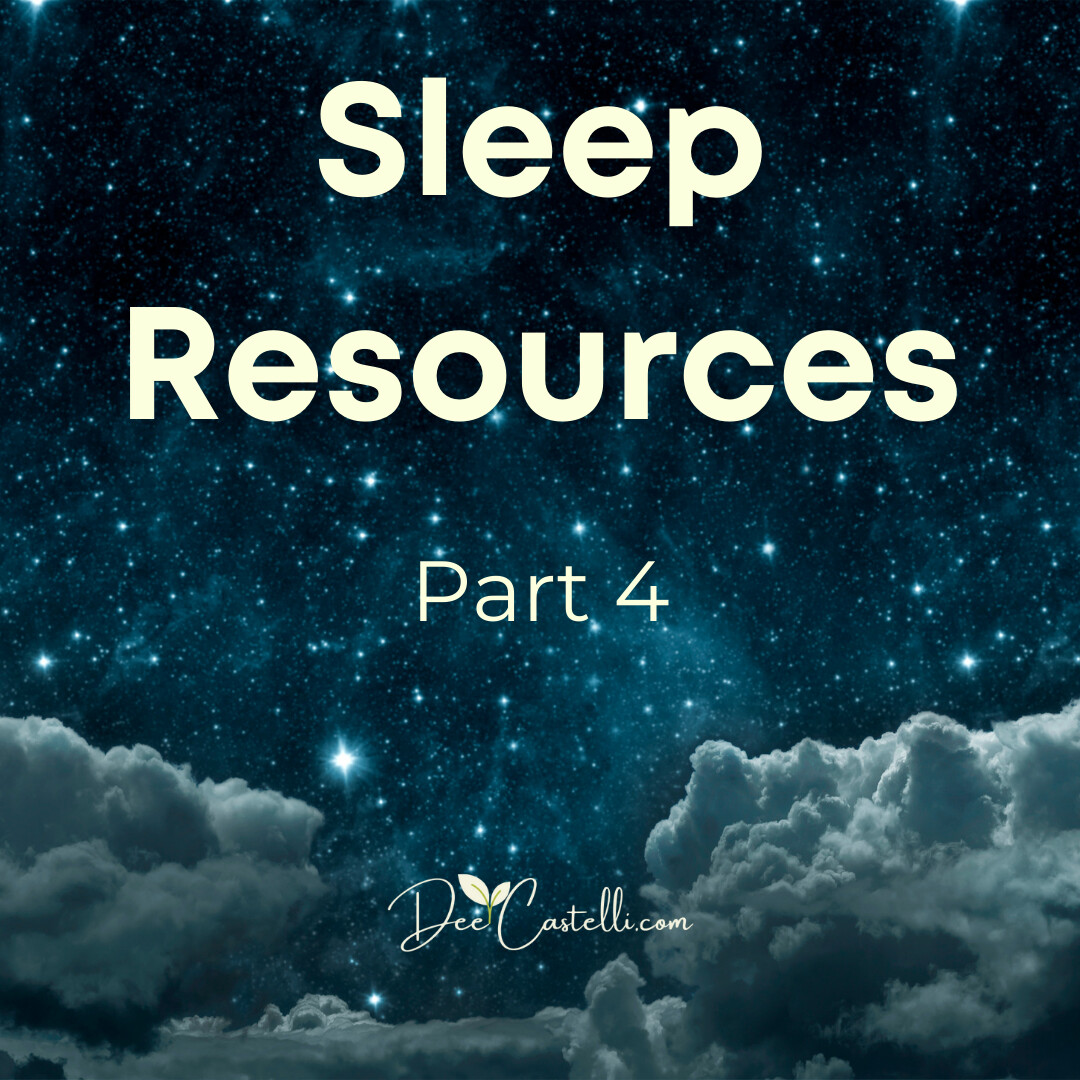
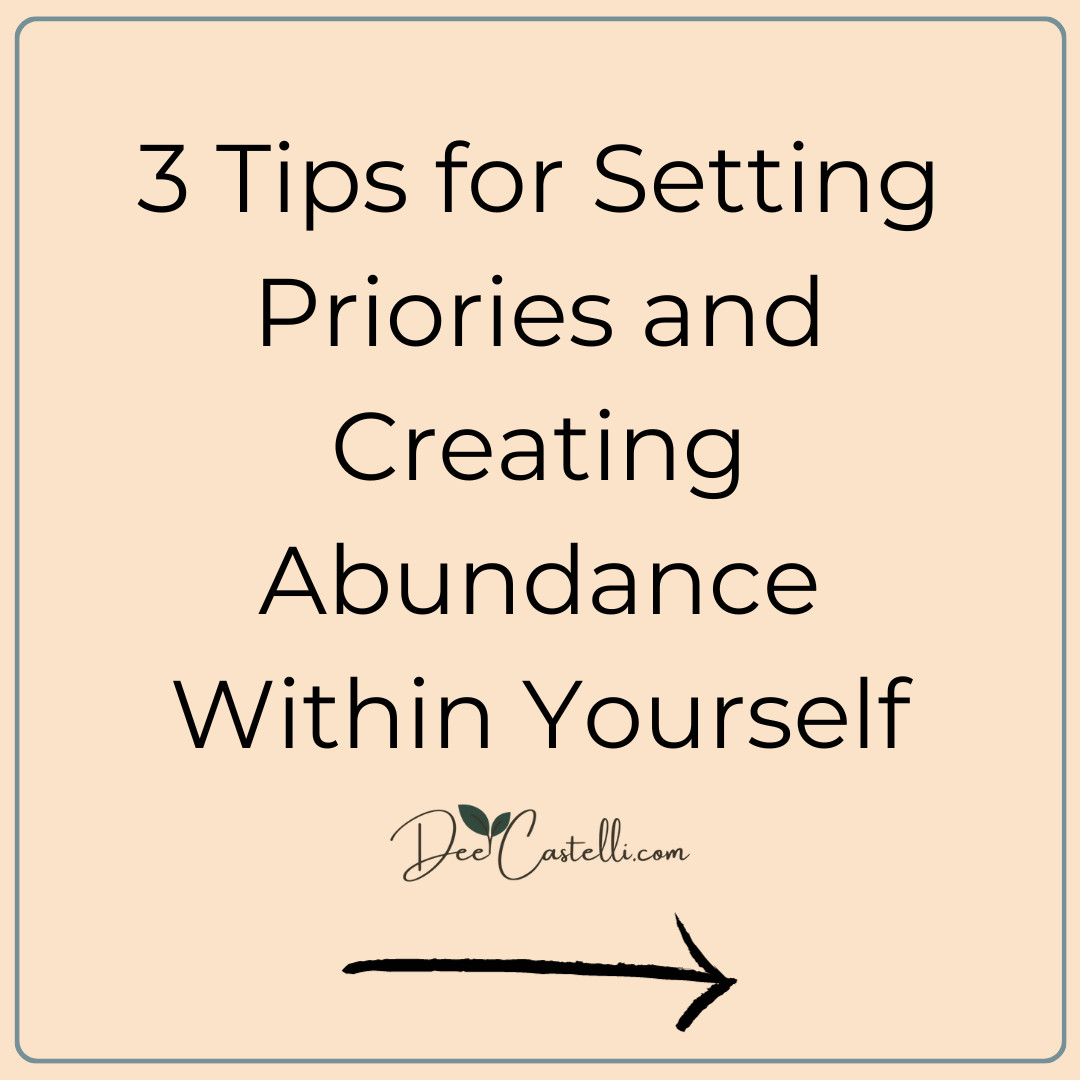
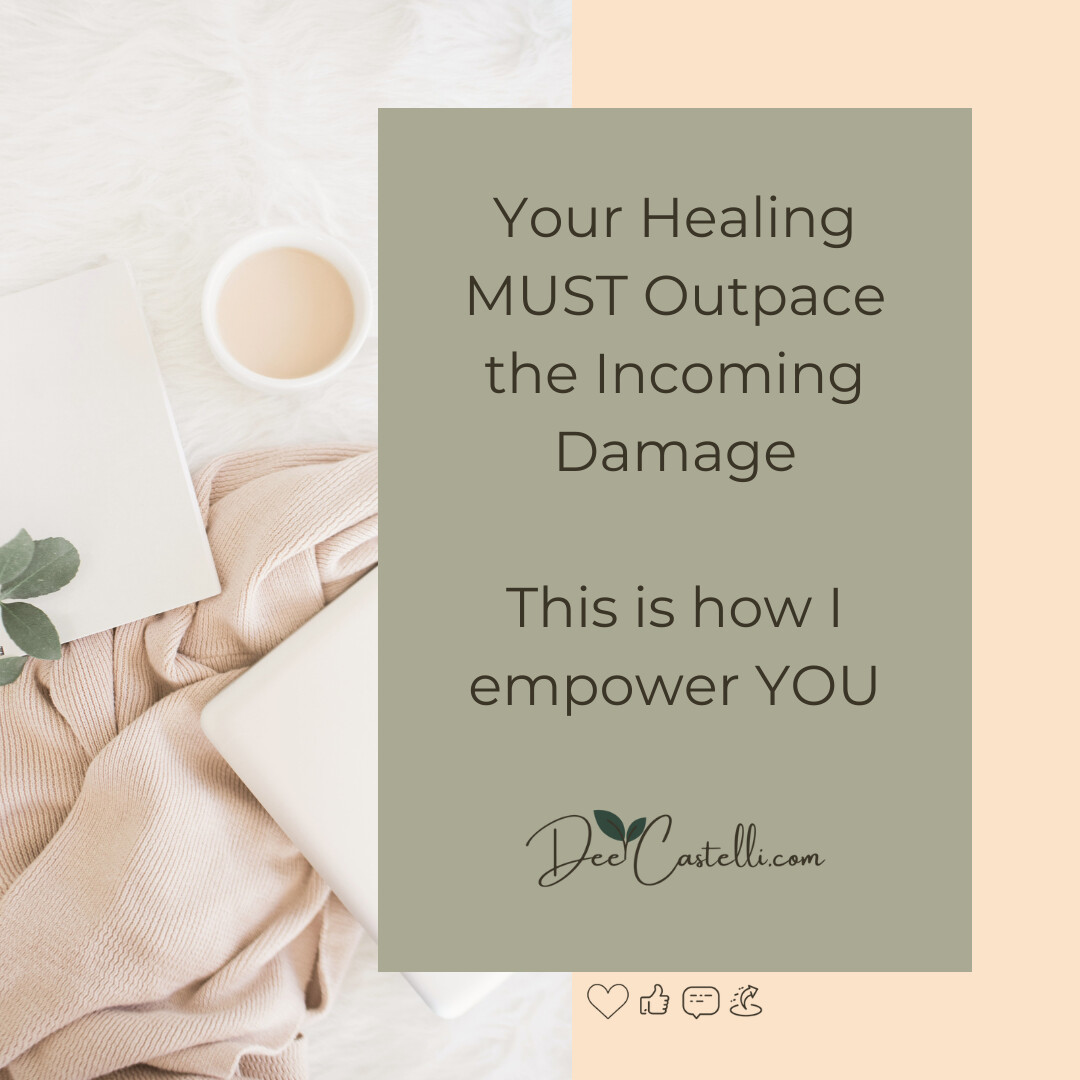

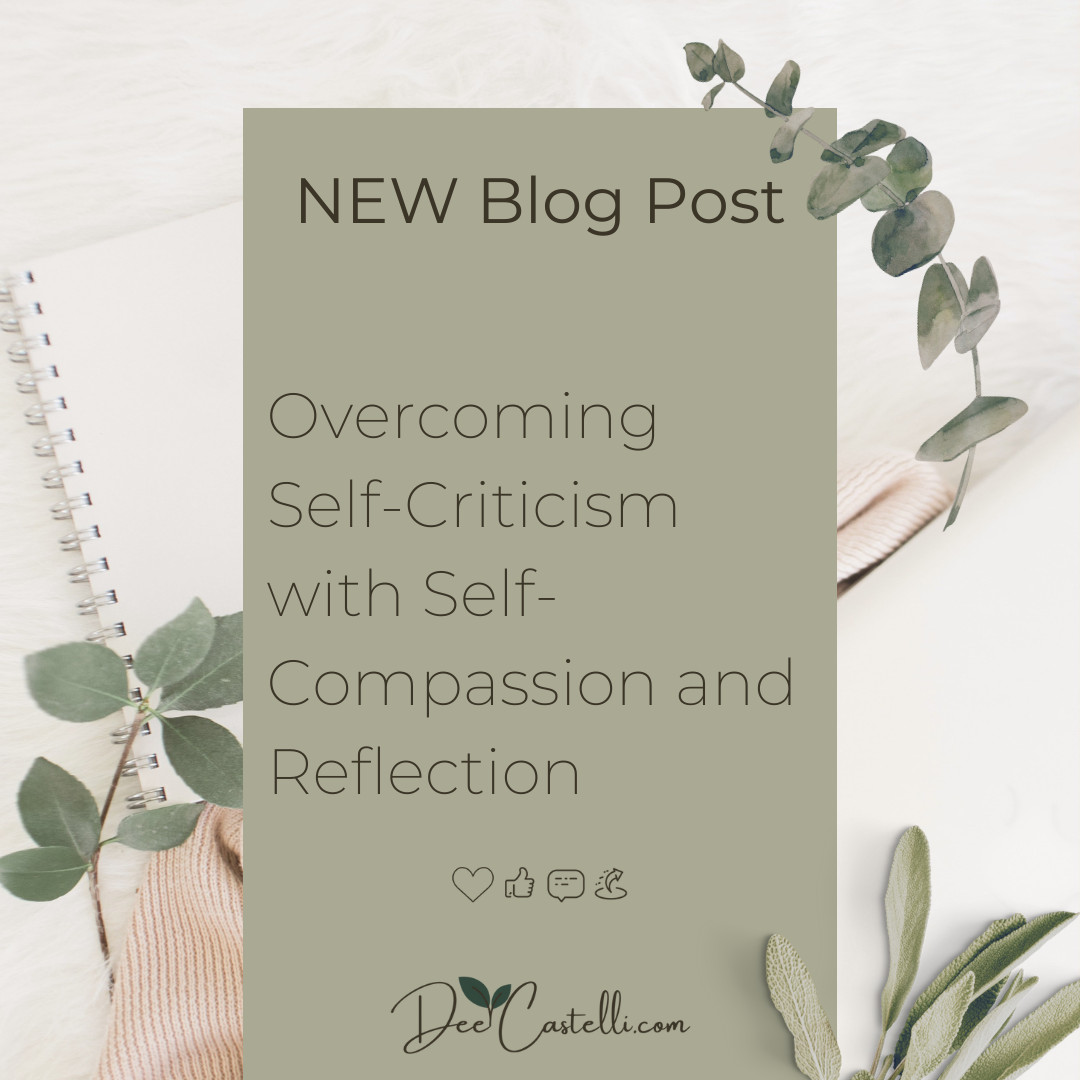



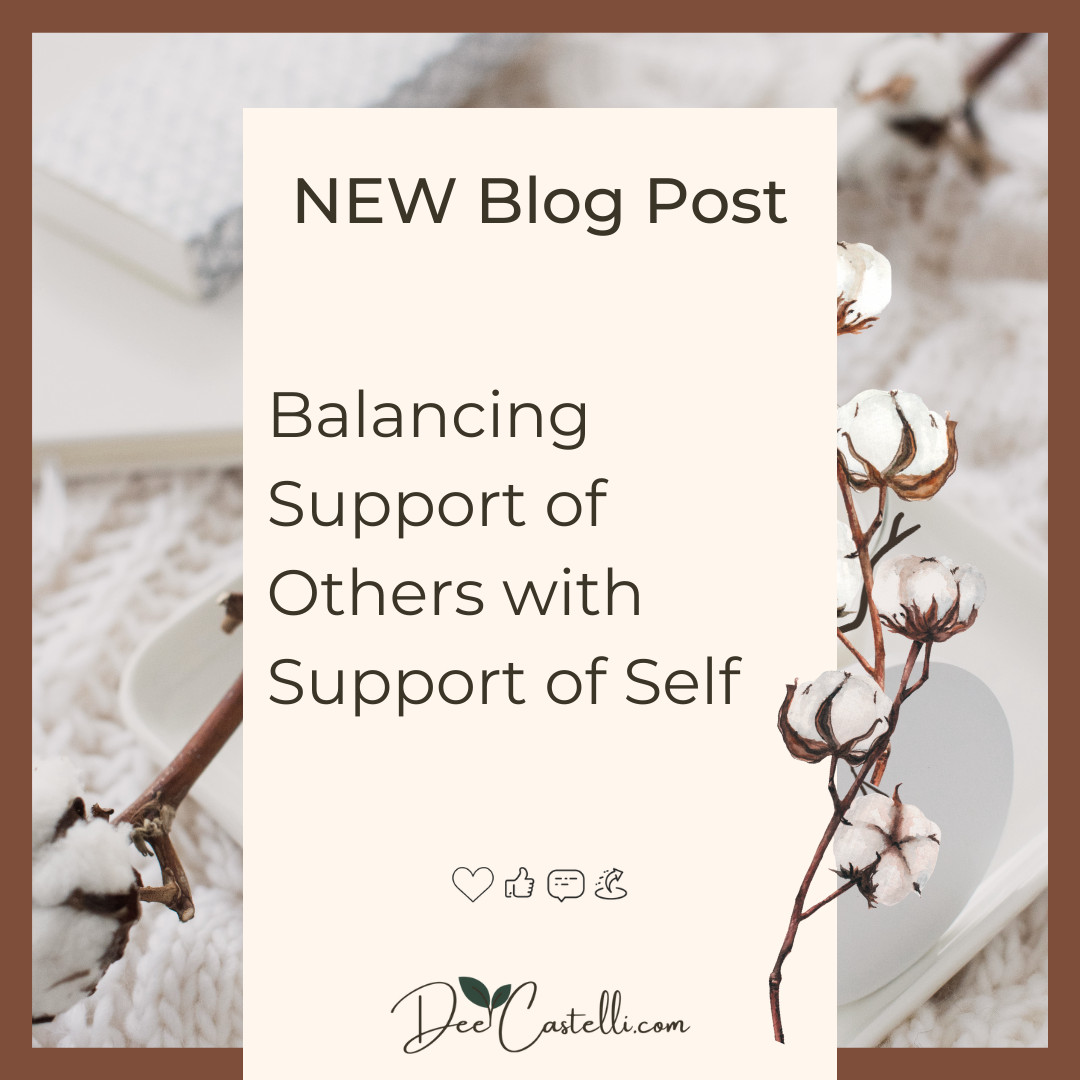

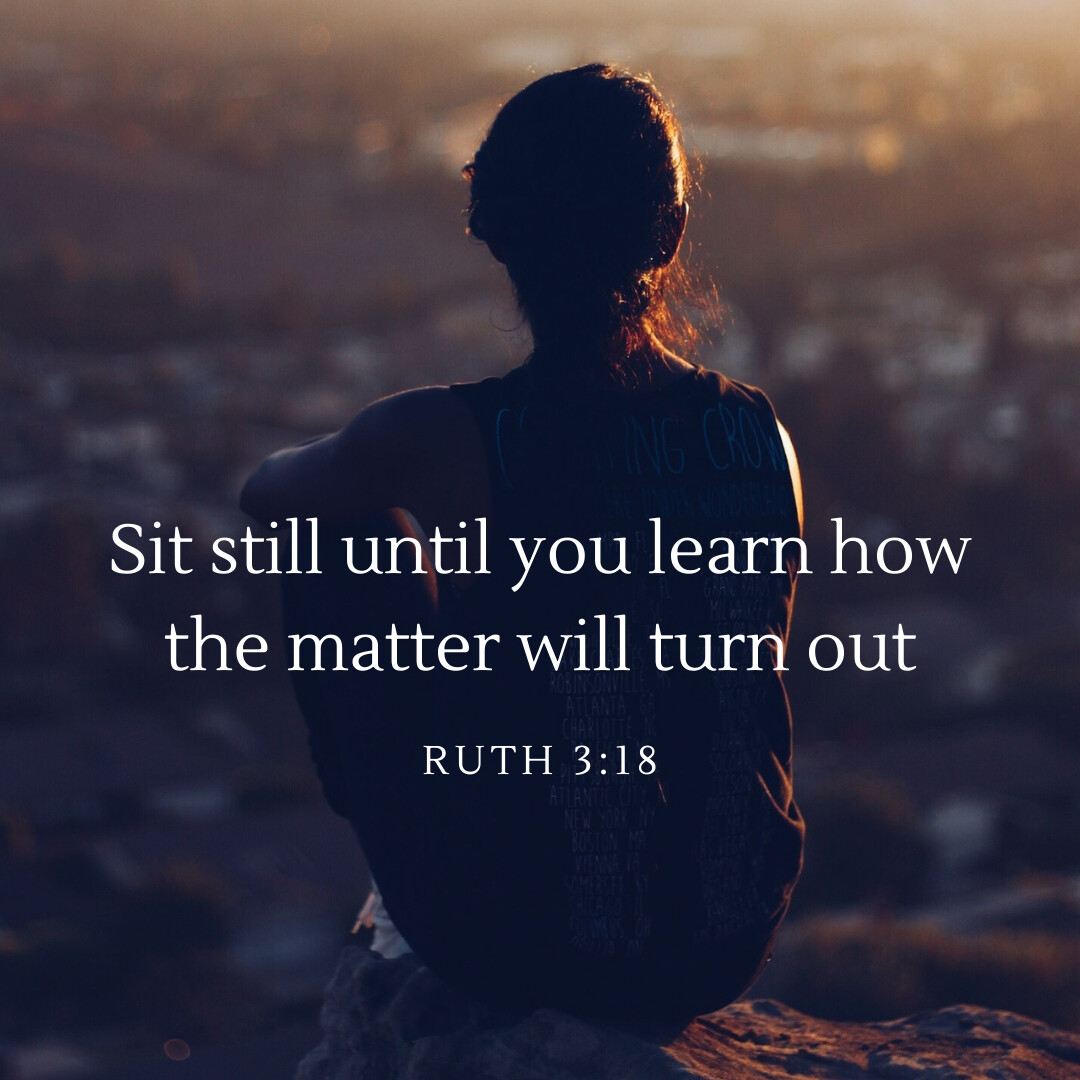


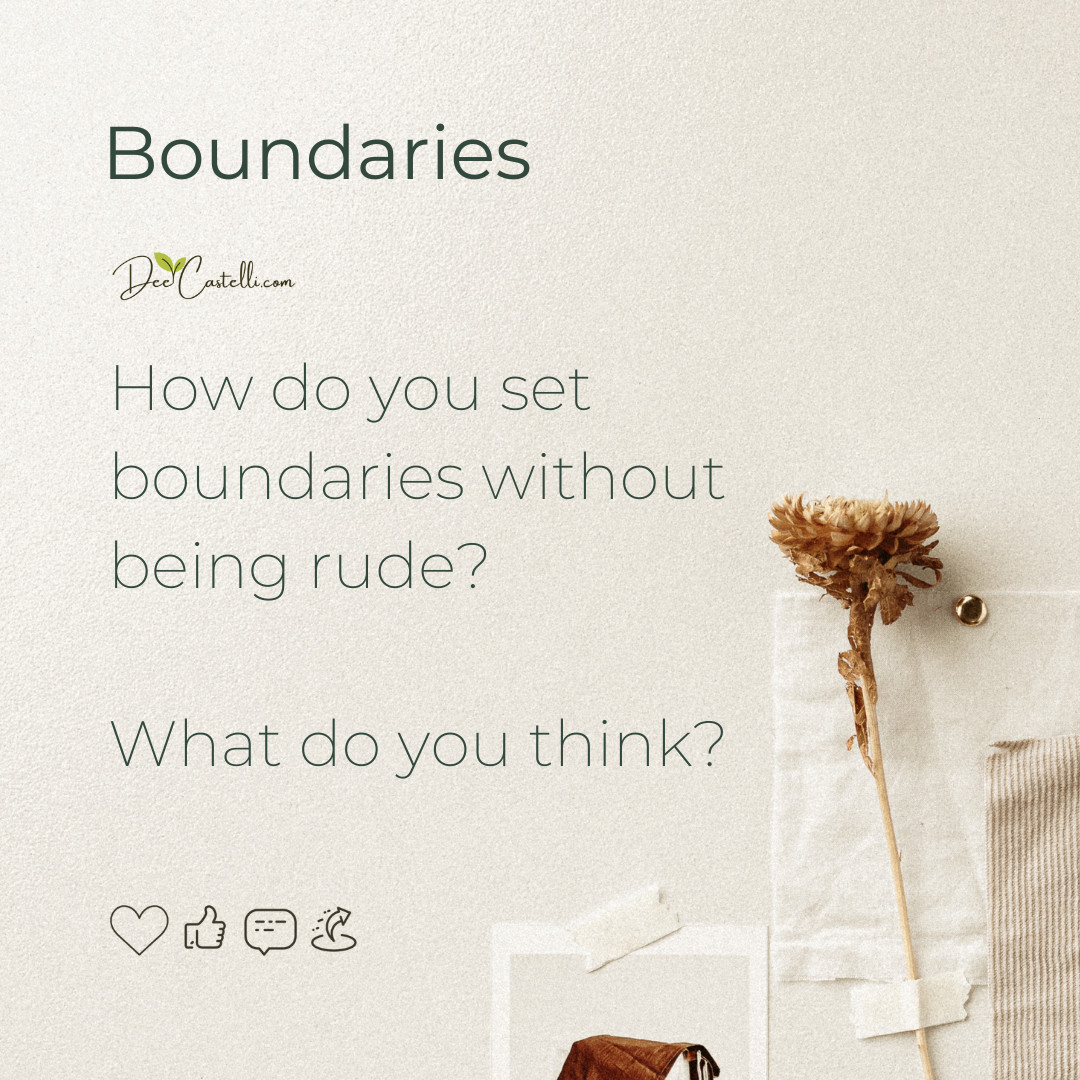

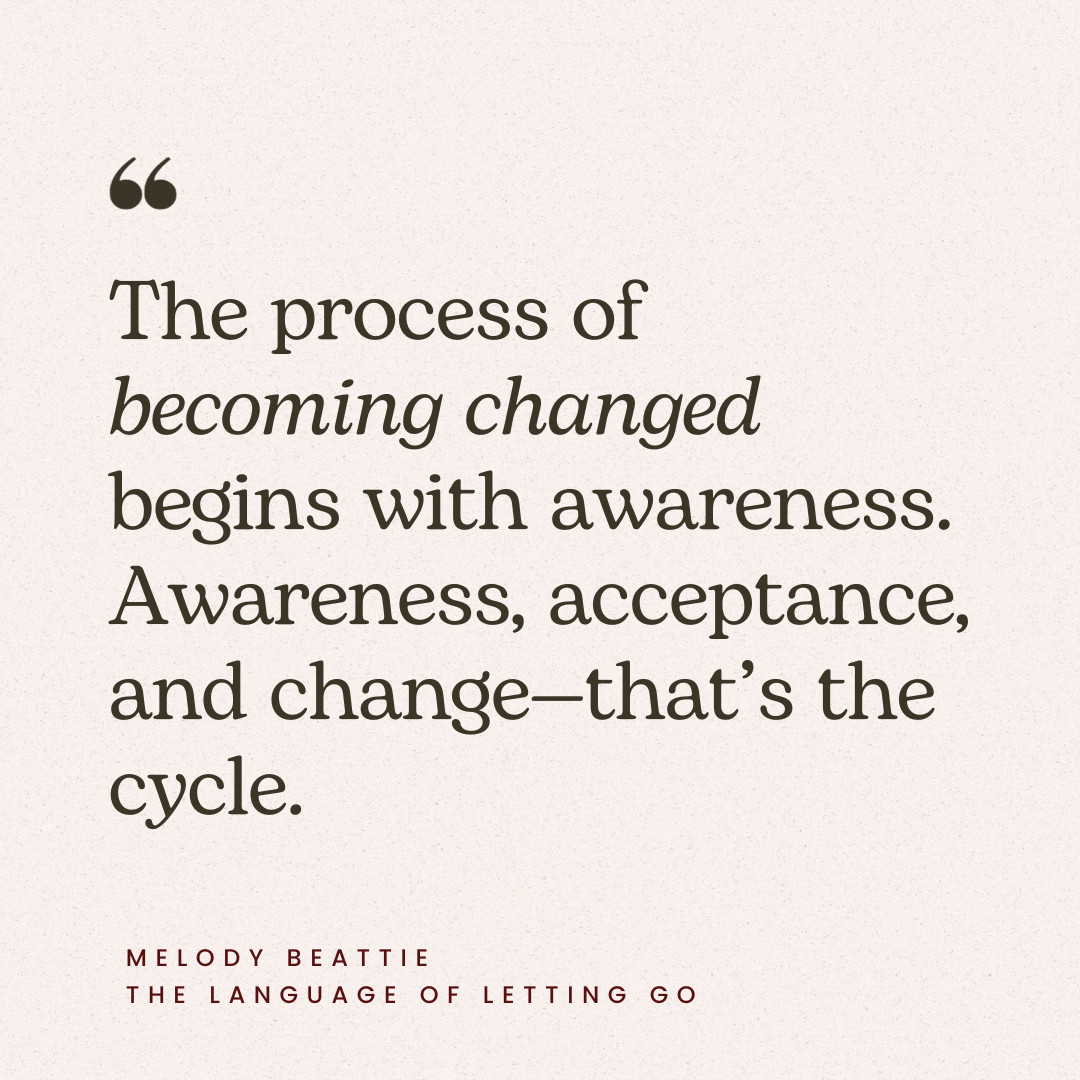


0 Comments